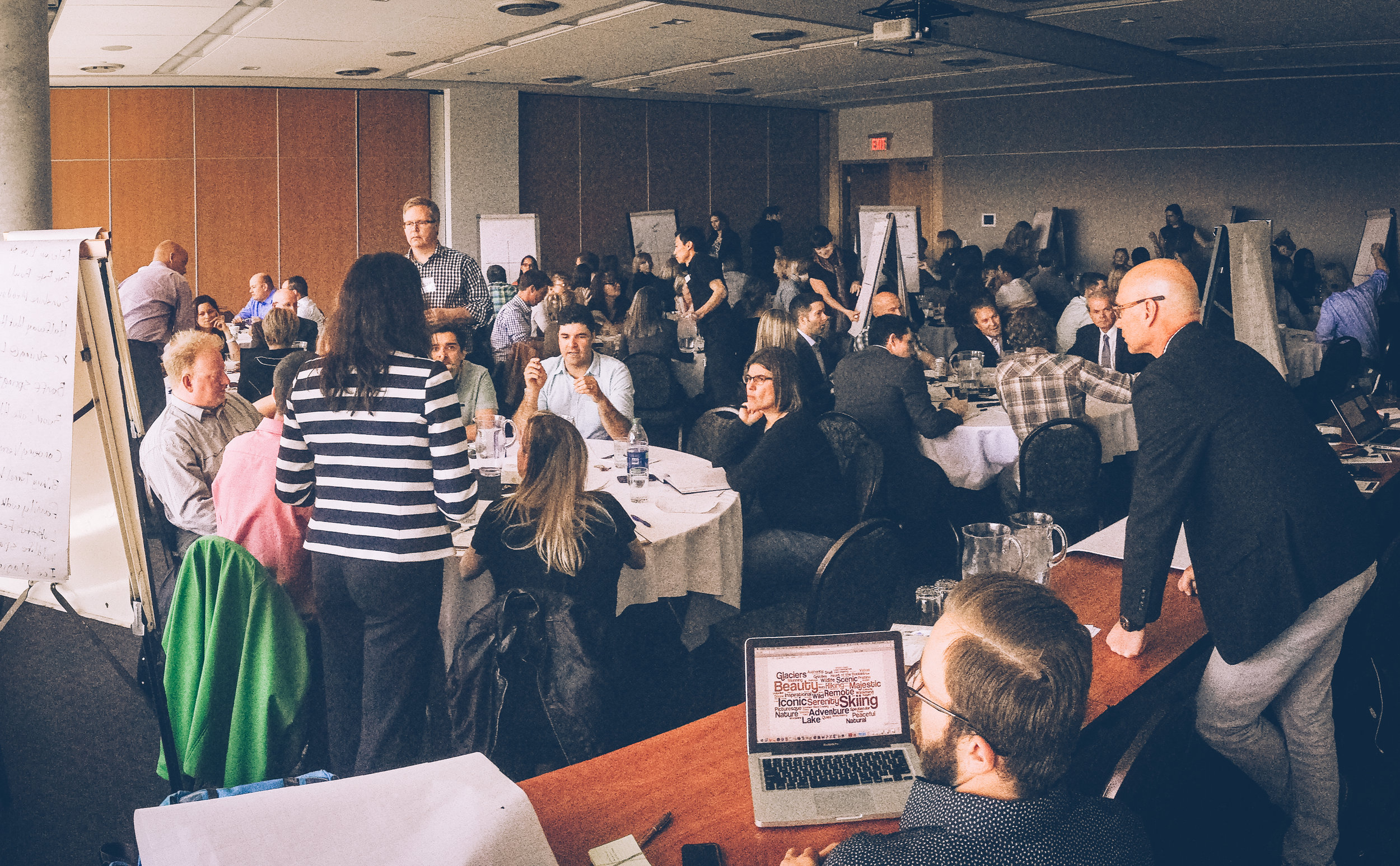X
BRAND STRATEGY AND ONGOING BRAND STEWARDSHIP
SKILLS USED:
Ethnographic research
Dialogic research
Social listening
Photojournalism
Brand strategy
Tourism strategy
Living the brand workshops
GOALS
For many decades, Banff & Lake Louise (BLLT) had been positioned as “The World’s Finest National Park.” Concerns had been growing that it was time for a change.
Three goals drove the Banff & Lake Louise brand renewal:
To continue to solidify BLLT’s position as the premier international destination in Alberta and to extend the year-round offering.
To “do its part” to grow tourism revenue in support of the 2020 Alberta goals of $10.3 billion in tourism expenditures.
To overcome the destination’s greatest weakness: a lack of shared vision and brand clarity.
The urgency to execute the brand renewal was driven by increasing competition from destinations with similar offerings and the need to connect at a more powerful and emotional level with travellers.
Stormy Lake’s approach to develop the brand model included innovative stakeholder engagement and insightful visitor research.
DIALOGIC RESEARCH
Using our Dialogic Research process, we gathered 96 industry stakeholders to a half-day session where a number of brand dimensions were discussed, including the visitor experience, product development, barriers to growth and development, and what might be a vision for tourism in the destination. We also explored the industry’s personal and emotional bond with the destination, which resonated strongly with what we found from visitors.
The session was particularly useful as industry were able to identify the core brand challenge:
“Every mountain destination in the world has beautiful mountains. It’s not unique that we have mountains. If you go to Vail or the European mountains. Our views are unique to us here. But all of these have mountain views.”
VISITOR RESEARCH
What makes Banff & Lake Louise unique? We spoke to countless visitors to find out.
Visitor intercept research was conducted with Asia visitors in their own language (China, Korea, Japan), English-speaking visitors (Canada, US, Australia, Great Britain, Germany, Netherlands, India) and a few French-speaking visitors from Quebec and France.
During the research we repeatedly heard how beautiful the destination was, year-round. This perspective was shared by frequent regional visitors, infrequent international visitors and everyone in-between. Because every mountain destination is beautiful, we tried to move the conversation away from scenery, but visitors kept dragging us back there.
As we spoke to more and more visitors, we saw that they used the same language to describe the destination as they would a nice beach resort in Cabo. The difference being that, for the destination, they were describing an experience of beauty on a far deeper level. The way they described it, in-person, showed us that they had just been deeply touched by the natural surroundings. And as soon as they had experienced it, they knew that they would never forget it:
“You can enjoy things, but some places have an air about them, if you go, it never leaves you. When you experience that feeling, it is special. I will always remember this place.” (UK Visitor)
This emotional impact was heard not just in one specific place, but all over the destination. It was experienced by all sorts of visitors: regional, national and international–across all cultures. This insight was to impact the brand development enormously.



